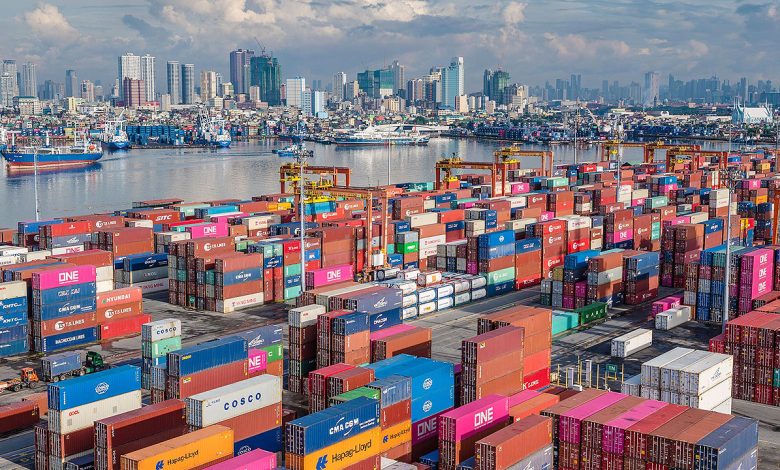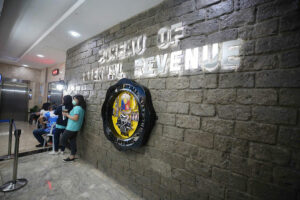PHL ranks last in Asia-Pacific economic integration

THE PHILIPPINES has fallen behind in economic integration in the Asia-Pacific region as it registered the poorest performance in an index measuring 17 economies’ performance in 2019.
The Pacific Economic Cooperation Council (PECC) in its State of the Region Report 2021-2022 released on Monday said the Philippines’ integration performance “still has the biggest gap behind the regional average, and its convergence ranking remains the lowest amongst all 17 economies in both 2015 and 2019.”
The index measures the degree of economic integration in the region based on trade of goods, investment, and tourism. It also measures convergence in gross domestic product (GDP) per capita, the share of non-agriculture to GDP, the urban resident ratio, life expectancy, and share of education expenses in the gross national income.
“The process of economic integration is commonly defined as the intra-regional freer movement of goods, services, labor, and capital across borders,” PECC said.
The Philippines scored -11.35 in the composite index, behind the 15.61 regional average.
The report said the rankings should not be read as league tables, given that lower rankings may imply that an economy is more oriented globally than regionally.
Recent figures show increasing integration indicating a more frequent exchange of goods, capital, and people among some economies in the Asia-Pacific.
Singapore, Hong Kong, Thailand, Vietnam, and Korea performed best in the 2019 index.
“As the freest business harbors, Singapore and Hong Kong (China) benefit the most from economic integration in trade, investment, and tourism,” PECC said.
PECC said intra-regional trade flows have improved among some economies, including the Philippines.
“Compared to 2015, in 2019 only six out of the 17 included economies show an increase in their intra-regional trade shares: the Philippines, Vietnam, Mexico, Canada, Australia, and New Zealand,” it said.
“Meanwhile, major trading economies, such as China, the United States, Japan, and Korea, have nontrivial decreases, which mainly occurred in 2018 and 2019.”
Rizal Commercial Banking Corp. Chief Economist Michael L. Ricafort said relatively poor Philippine integration might in part have been brought about by restrictions on foreign ownership preventing the country’s regulations from aligning with the region.
“There are also some constraints on the further integration of financial markets such as the need to further harmonize financial market/banking regulations,” he said in a Viber message.
“Competitiveness (is) also relatively lower such as the ease of doing business relative to the other countries.”
UnionBank of the Philippines Chief Economist Ruben Carlo O. Asuncion said the Philippines has been more integrated with the Association of Southeast Asian Nations (ASEAN) than before.
“If we indeed have fallen behind, then, this is the most wonderful opportunity to improve integration efforts (because there are literature affirming the impact of economic integration on economic growth),” he said on Viber.
“This said ‘falling behind’ should be known and heard by our (presidential) candidates so that they will know how to help the country and incorporate it in their respective platforms.” — Jenina P. Ibanez




